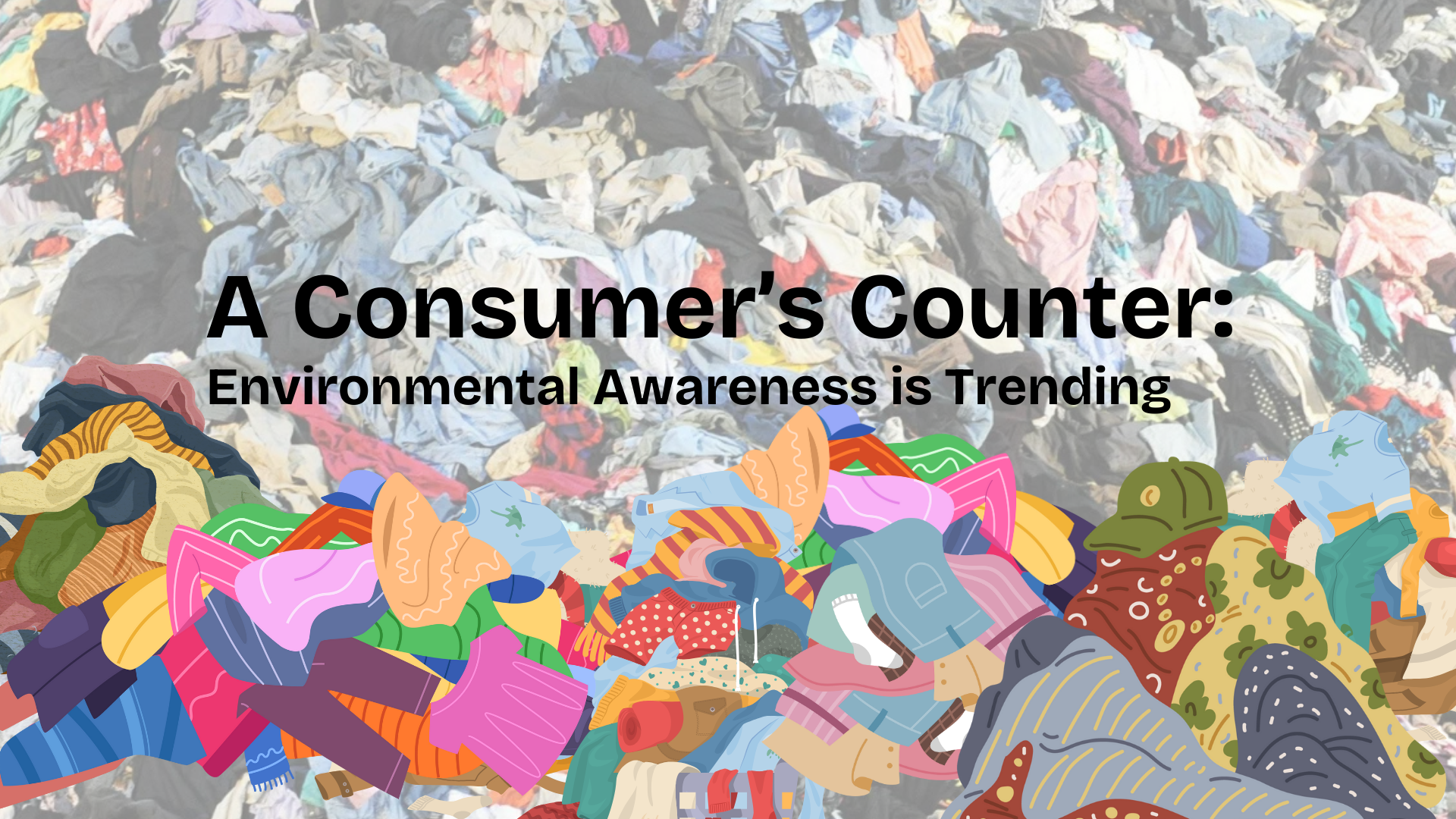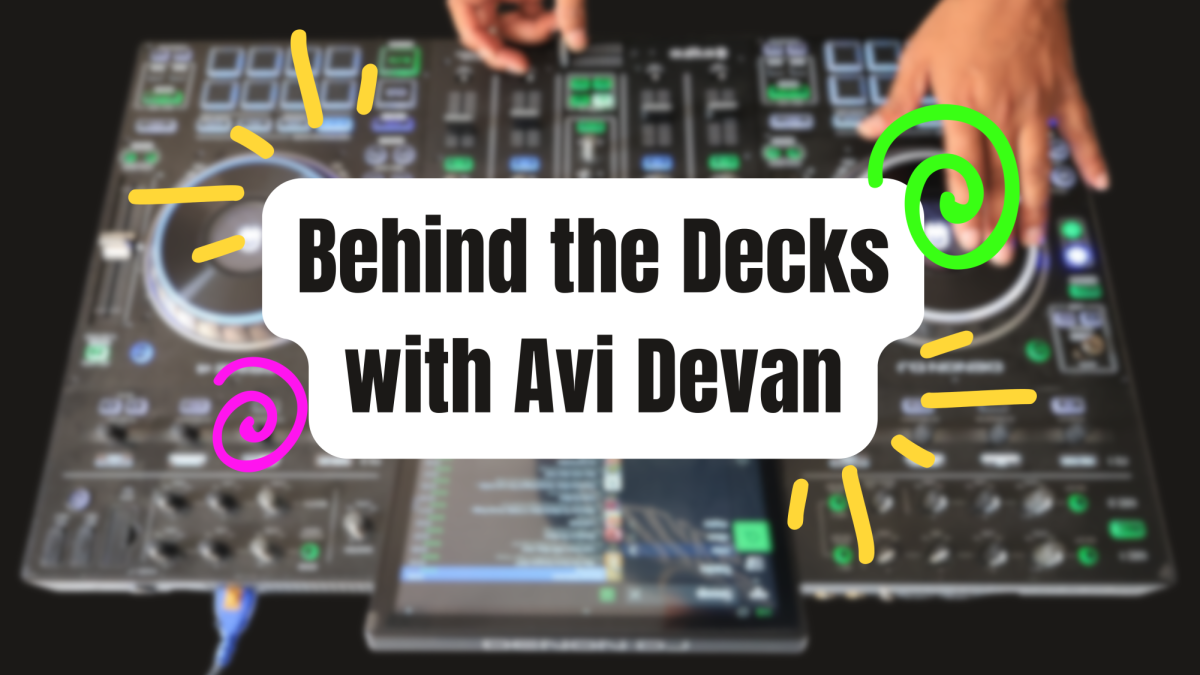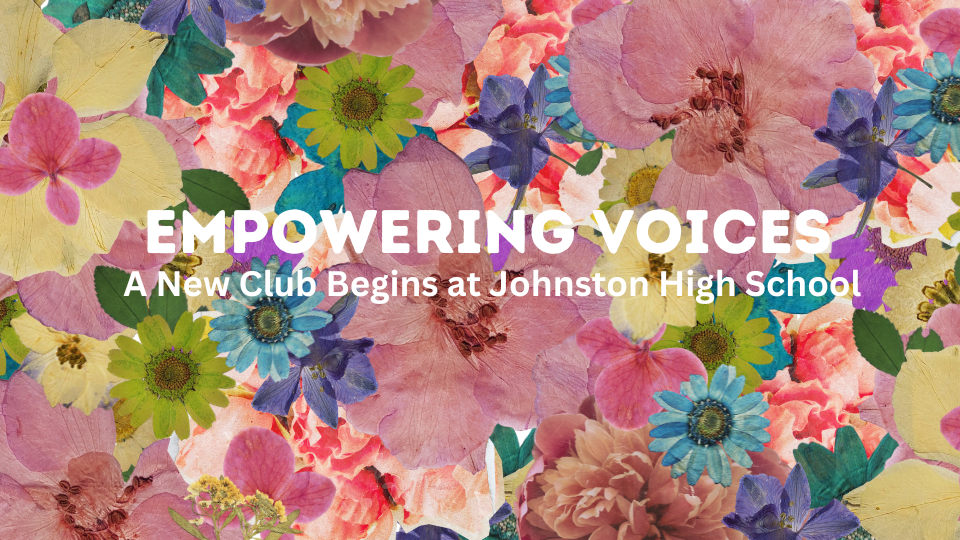Timeliness is the most important part of a fashion based business. Due to how fast trends come and go, missing a deadline by even a week can cost you your clients. Back in the 80’s, stores put out two large lines every year; One for spring/summer, one for fall/winter. In a traditional business model, it takes around three weeks to six weeks for a corporate design to go from sketchpad to salesfloor. The switch from yearly releases to daily drops was designed to keep up with the obscene levels consumerism has reached, making for a much fuller closet. Dr. Rachel J. Eike of ISU believes that consumers could change this system if they chose to.
“There is so much more power in the consumers and buyers than they realize,” Eike said.
In order to keep a brand moving this quickly, there have to be corners cut. According to Hawthorne magazine, since the year 2000 the use of synthetic fibers in fast fashion has nearly doubled. This growth has not been matched by an equal increase of natural fibers. In fact, there has been very little relative increase throughout the years. But synthetic materials aren’t entirely to blame for the lower quality seen in modern clothes.
“What is leading to poor quality is the other factors. Maybe they’ve got yarn that they’ve used to fabricate the textile that is thinner, making a thinner fabric. So, when you trip and fall a hole surfaces more quickly. That’s because the fabric is of a lower thickness, maybe it has a looser weave structure or a looser knit structure,” Eike said.
In fact, synthetic fabrics can assist in more frequent clothing production. This can be positive for the industry, as it doesn’t depend on the dependence of growing natural materials, which can be negatively affected by uncontrollable aspects.
“It’s not impacted on a growing cycle or a raising cycle like natural fibers,” Eike said.
Despite the practical application of synthetic fibers, when treated with little care like in these fast fashion industries, there can be some amount of negative impact involved. Clothes made by these careless brands may break with little use, but they can take hundreds of years to fully decompose. According to earth.org, 1.92 million tons of textile waste is produced annually. These clothes sit in landfills and on the seafloor, heavily contributing to pollution. As previously stated, consumers have much more control over this system than they may see.
“It’s because we, as consumers, have gotten into this mindset of ‘I need something new regularly’ or ‘I want something new regularly’ because it makes me feel good. So, I want something every week that is low in cost rather than buying something that is higher quality that costs more,” Eike said.
But, consumers can help to fight against this new wave pollution in a very simple way. Be mindful about where you spend your money. Rather than buying five tops at Forever 21 that you’ll wear once or twice, buy two for the same price that you can wear for years to come. Another great way to shop responsibly is by thrifting. Whether you’re buying or donating, thrift stores are great places to responsibly revamp your wardrobe.
“Establishing models where consumers can engage in a takeback program or a damaged clothing donation center where clothing can be recycled or otherwise rerouted so that it doesn’t end up in a landfill,” Eike said.
Aside from the issues regarding quality of clothes and pollution related to fast fashion, many are concerned with the issues that artificial intelligence introduces. AI increases CO2 emissions due to the staggering need for electricity needed to complete a simple task. Professor Elsa Olivetti is the head of the Decarbonization Mission in MIT’s new climate project; she believes that there is more to the issue than many understand.
“When we think about the environmental impact of generative AI, it is not just the electricity you consume when you plug the computer in. There are much broader consequences that go out to a system level and persist based on actions that we take,” Olivetti said.
ZARA, along with other companies parented by Inditex, use AI to monitor sales data, along with social media. When a new trend arises, they can simply use generative AI in order to create a “dupe,” as many call it. The starving artist stereotype can be reasoned with when looking at the ways in which behemoth brands steal from hard working artists. Or at least, that’s the general consensus. However, some colleges, including ISU, are embracing this new technology. Dr. Eike believes that this could be a great leap in the realm of fashion, so long as it’s used responsibly.
“I think that AI is a very interesting tool, I think it’s a very powerful tool, and I think it’s kind of exciting. Right now in my classroom, I’m having students experiment with it to see how it can generate different creative outputs while relieving the time consuming stress of generating an actual drawing of these ideas,” Eike said.
So, while it can be stressful to think about the current industry of fashion, with all of the overconsumption and lack of natural fibers along with the overall absurd business practices of many brands, no one should be losing hope so soon. There are many ways that individuals can practice responsible consumption without having to miss out on trends. There are capsule wardrobes, thrifting, small local artists, and general awareness of spending. Environmental awareness is the hottest trend out there.








